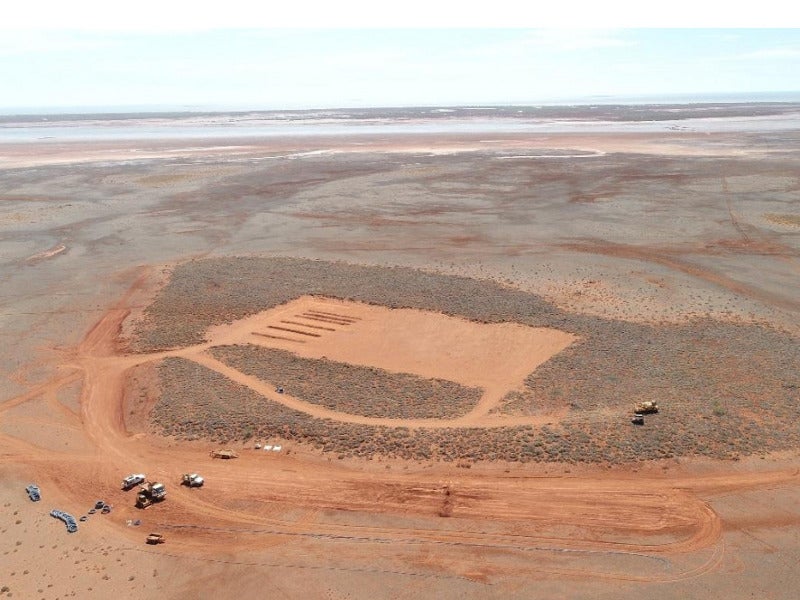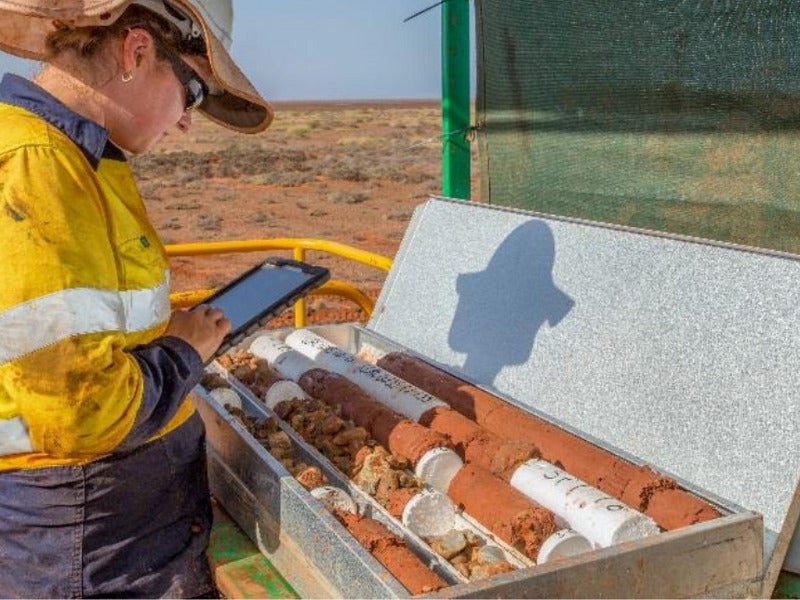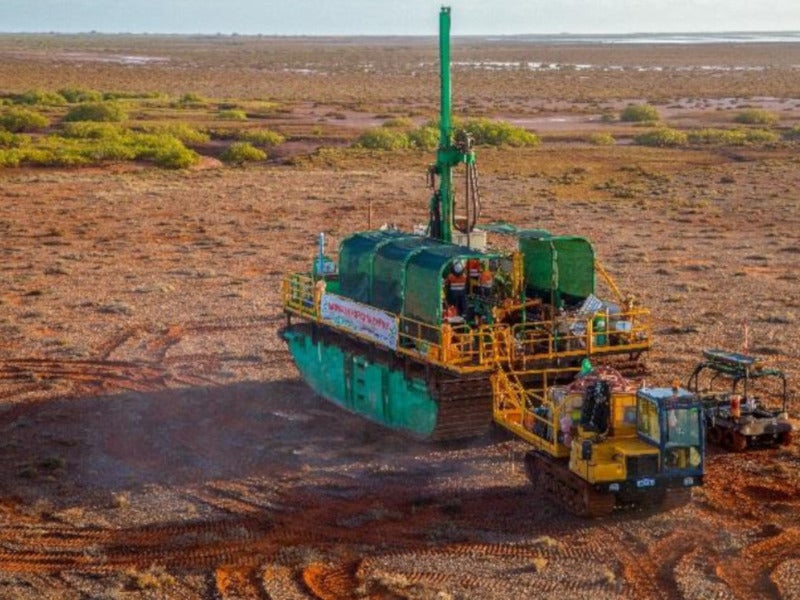Mardie Salt project is a high-grade salt and sulphate of potash (SOP) project being developed at approximately 80km from Karratha in the Pilbara region of Western Australia. The project is expected to produce four million tonnes per annum (Mtpa) of salt and 100,000tpa of SOP from seawater through its operational life of 60 years.
Mardie Minerals, a wholly-owned subsidiary of BCI Minerals, fully owns the project and will also operate it. The project is estimated to involve a capital cost of A$498m (£395m).
Pre-feasibility study (PFS) of the project was completed in June 2018, followed by an optimisation study in May 2019. The definitive feasibility study (DFS) of the project is underway and is expected to be completed by the end of 2019.
Construction of the project is anticipated to be started in 2020, following the proposed final investment decision (FID) in the quarter ending March 2020.
Mardie project location and geology
The Mardie salt and potash project is located on the tenements between Dampier and Onslow in the north-west of Western Australia.
The site is dominated by Quaternary deposits namely estuarine and delta. It also comprises coastal sand dunes and Archaean Maddina Formation in smaller regions.
The area also has a Mardie Greensand Member between 10m and 20m-thick and hosting glaucontic, sandy siltstone, and shale.
Mining and processing of ore at Mardie salt project
The Mardie salt project will produce industrial-grade salt via solar evaporation of seawater, crystallisation, and dry harvesting of raw salt. The salt will then be processed to produce a high-purity product (typically 99.7% NaCl dry basis).
The remaining liquor (in the form of bitterns) will be extracted from the primary salt crystalliser ponds and will be subject to crystallisation, harvesting, and processing to produce SOP (typically 51% K2O).
Salt will be produced using solar evaporation of seawater in eight concentrator ponds to be constructed in an area of 9,000ha. The concentrated brine will be transferred to 36 crystalliser ponds constructed in 1,200ha of land.
The project will use a dry harvesting method using three mechanical harvesters, which will run along the top of the crust to cut into the floor. The harvested salt will be conveyed to the purification plant by nine B-Double trucks.
The raw salt will be either stored at the intermediate stockpile or directly fed into the purification plant. It will be reclaimed from the intermediate stockpile through a front-end loader and cleaned using Hydrosal-XP process.
The purification plant requires brine input, freshwater input, and multiple small ponds to process the salt for a period of 24 hours.
Following processing, the purified wet salt will be conveyed to a stacking system and accumulated in stockpiles having a capacity between 1.0Mt and 1.5Mt. The salt stockpiles will be stored and drained for several months to achieve a specific product moisture and chemical content that will be ideal for shipping.
The produced salt will be trucked in bulk to Dampier port for export through the general cargo facility, while the SOP will be conveyed in bulk and bulka bags.
Financing
BCI proposes to secure funding for the project from Northern Australia Infrastructure Facility (NAIF).
Project infrastructure
A new port facility comprising a trestle jetty with a conveyor and road connectivity will be developed at the Mardie site.
The project is close to existing infrastructure such as Northwest Coastal Highway, gas pipelines, and Mardie Station airfield.
Other infrastructure will include administration buildings, accommodation village, desalination plant, and a sewage treatment plant.
Contractors involved
BCI engaged multiple consulting firms such as CQG Consulting, PDC Engineering, Inceptioneer, DSB International, and Roskilland Braemar ACM Shipbroking for the project scoping study.
Preston Consulting prepared the environmental scoping document for the project, while Phoenix Environmental Sciences conducted the environmental desktop review.
GR Engineering was engaged as the lead engineer for the DFS. Its contractual scope includes co-ordination and integration of the key process and engineering design packages, as well as design and supervision of the pre-FID site work and infrastructure.
WorleyParsons is responsible for the process and engineering design of the evaporation, crystallisation, and SOP plants, while Salt Partners designed the process and basic engineering of the salt plant.





